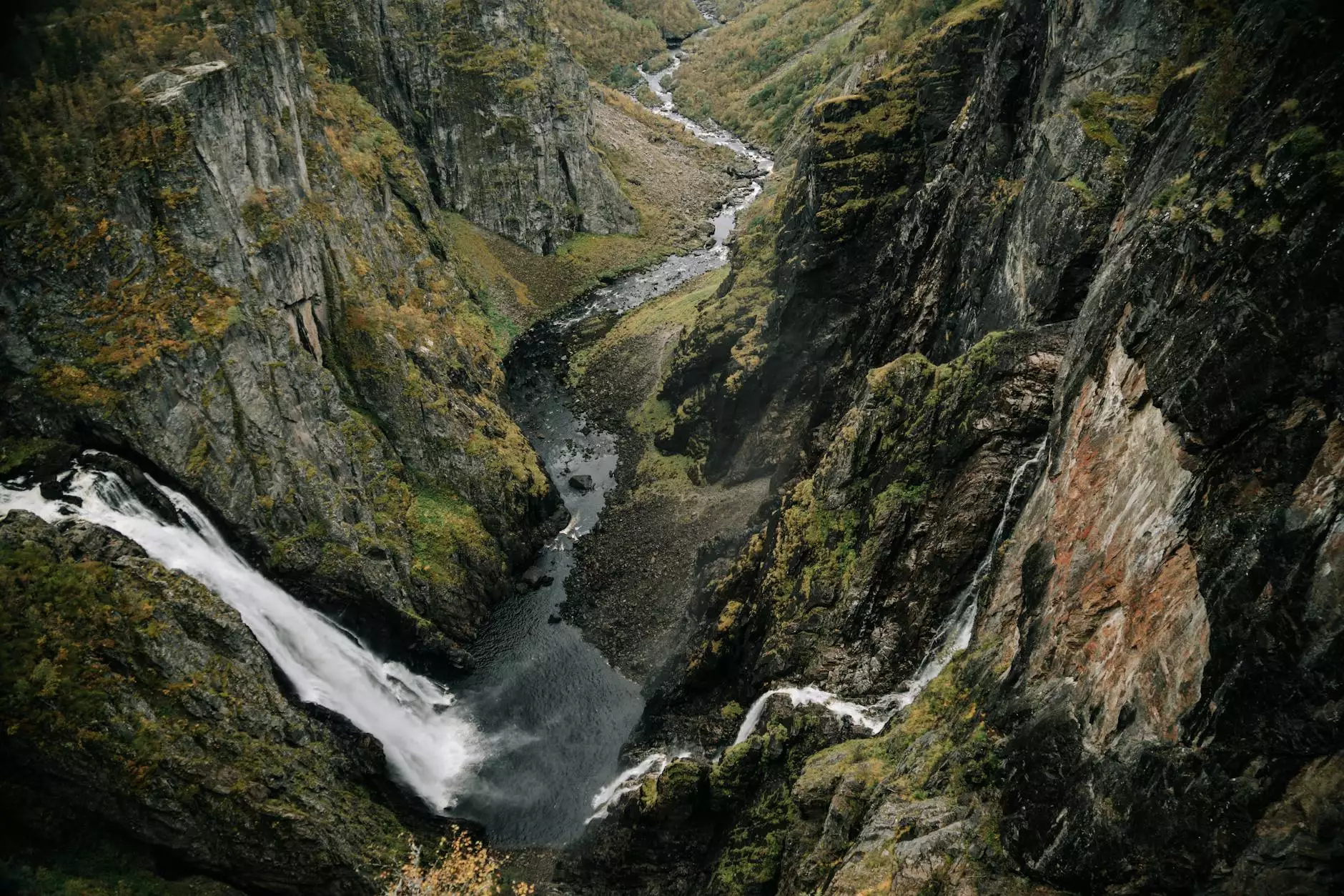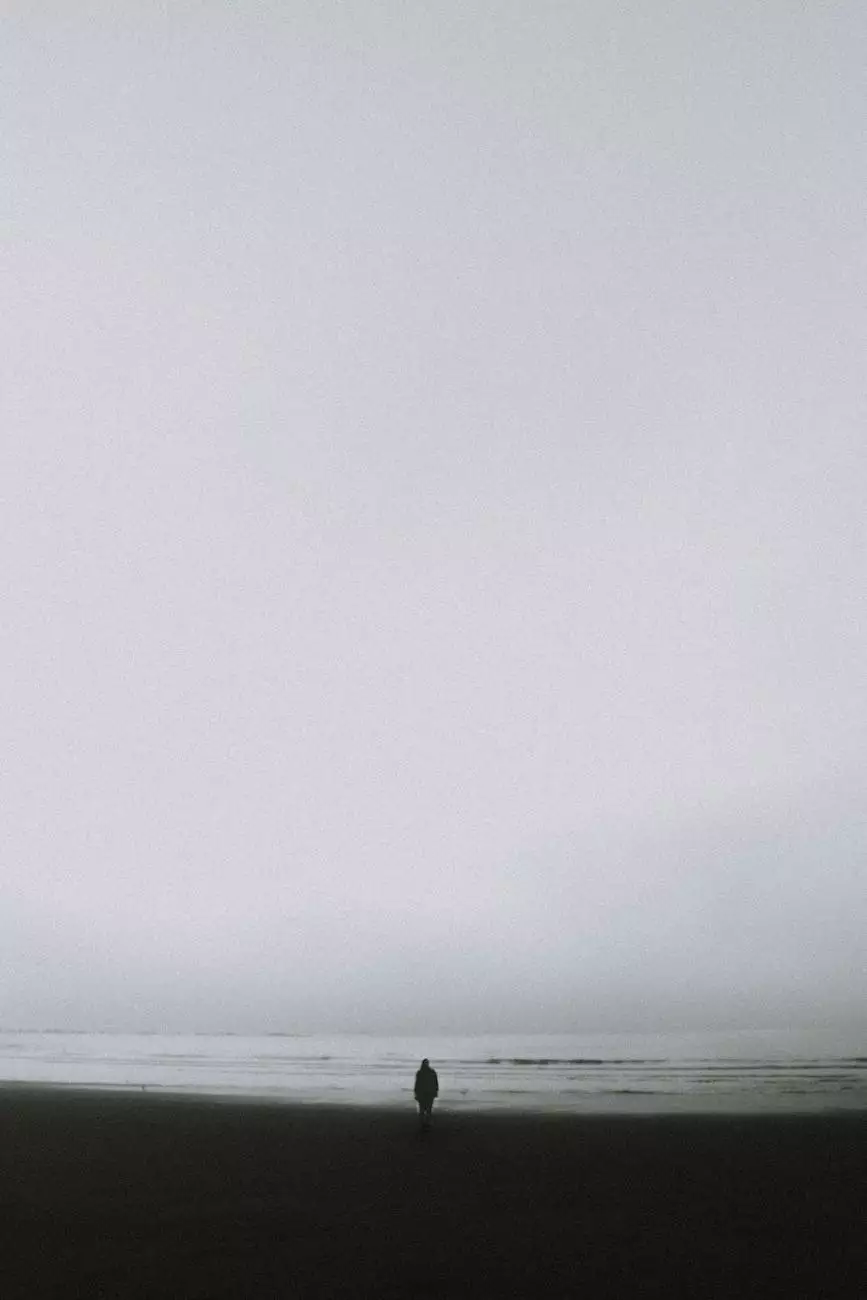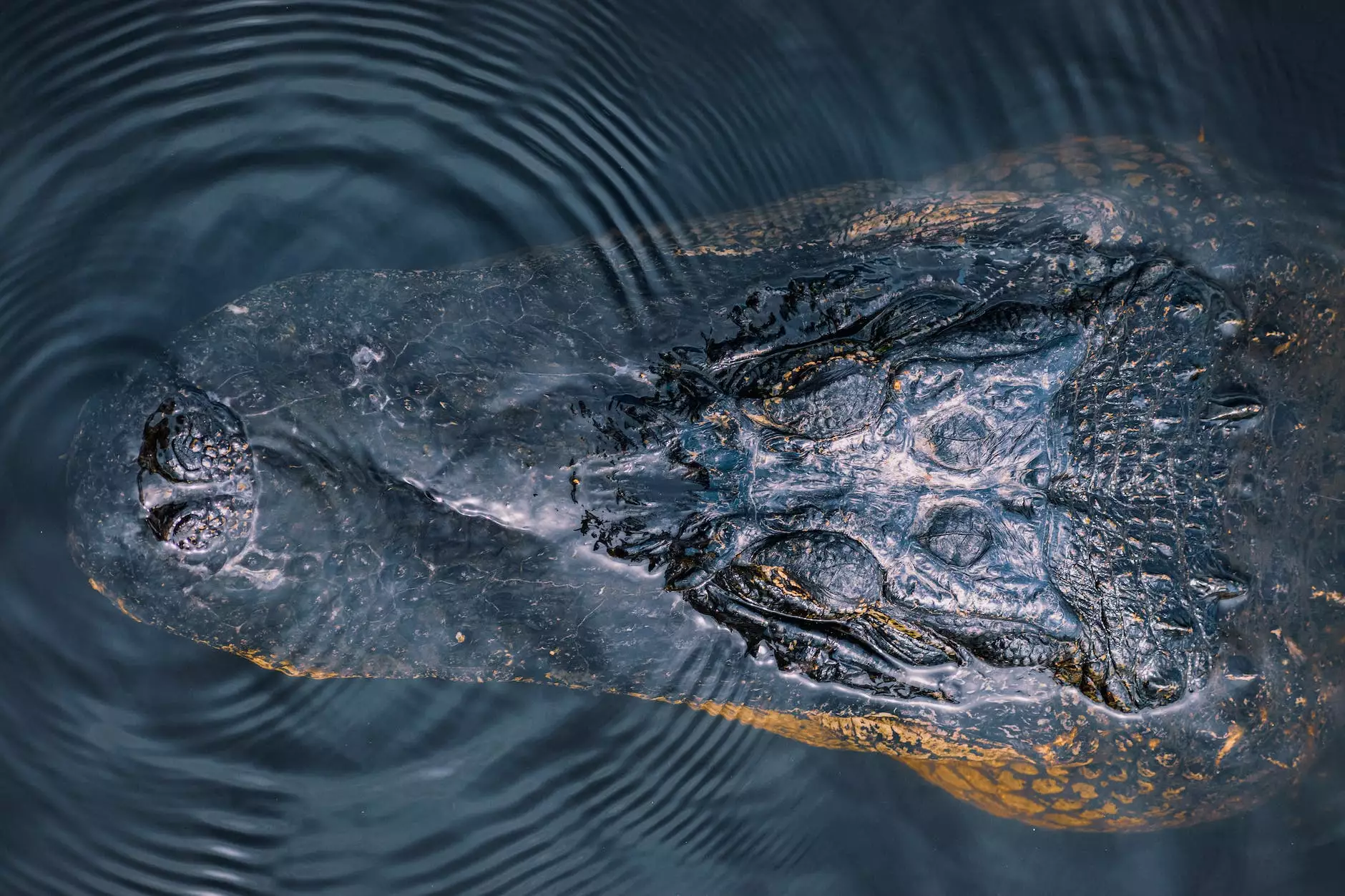New Additions: Fawns! - Wild Florida Blog

Introduction
Welcome to the Wild Florida Blog by Aventuras Naturales! In this article, we will take you on a journey to explore the new additions to Florida's breathtaking wildlife - fawns. Join us as we delve into the enchanting world of fawns and discover their behavior, their significance in the ecosystem, and the wonders they bring to the natural habitats of Florida.
Understanding Fawns
Fawns, the adorable offspring of deer, captivate our hearts with their innocence and unique characteristics. These delicate creatures are born in the spring and early summer, adapting to the lush greenery and abundance of food sources during these seasons. They play an essential role in the circle of life, contributing to the balance and diversity of Florida's intricate ecosystem.
Fawn Behavior
When fawns are born, they rely on their mothers for protection and nourishment. They instinctively have a natural camouflage, featuring white spots on their reddish-brown fur, providing them with excellent camouflage among the dappled sunlight of the forest. This adaptation helps fawns evade potential predators, such as coyotes and bobcats, during their initial vulnerable weeks.
Unlike adult deer, fawns do not possess a strong scent, making them less detectable by predators. They often remain hidden in dense vegetation or tall grass, making it challenging for predators to locate them. Fawns have a fascinating behavior known as "freezing," where they remain motionless to avoid being noticed.
As they grow, fawns start venturing out into the world, exploring their surroundings with curiosity and playfulness. They gradually learn survival skills, including finding food, avoiding danger, and joining their family group known as a "herd."
The Role of Fawns in the Ecosystem
Fawns play a crucial part in maintaining the biodiversity and health of Florida's natural habitats. By consuming vegetation, they help control the growth of certain plant species, preventing overcrowding and promoting a balanced ecosystem. Their dietary habits also aid in seed dispersal, contributing to the renewal of plant populations across the landscape.
Moreover, fawns are an integral part of the food chain. They serve as prey for larger predators, ensuring the survival of other animal species in the region. Their presence creates a harmonious interconnectedness between plants, herbivores, and carnivores, forming a delicate web of life within Florida's wilderness.
Observing Fawns in the Wild
Spotting fawns in their natural habitat can be an exhilarating experience. To increase your chances of seeing these enchanting creatures, venture into forests, meadows, and other areas abundant in foliage. Make sure to exercise caution and maintain a safe distance to avoid disturbing them or their mothers.
Remember to respect wildlife by observing them from a distance and refraining from any actions that could harm or disrupt their natural behavior. Engaging in responsible ecotourism practices ensures the preservation of these magnificent creatures and their habitats for future generations.
Conclusion
The arrival of fawns in Florida's wilderness brings with it a sense of awe and wonder. These beautiful creatures symbolize the resilience and interconnectedness of nature, reminding us of the delicate balance that sustains our planet. Through this comprehensive guide on fawns, we hope to provide you with a deeper understanding and appreciation for the incredible wildlife that Florida has to offer.
Join Aventuras Naturales on a journey of discovery and embark on unforgettable adventures in the heart of Florida's natural wonders. Stay tuned for more exciting updates and informative articles on our Wild Florida Blog.




